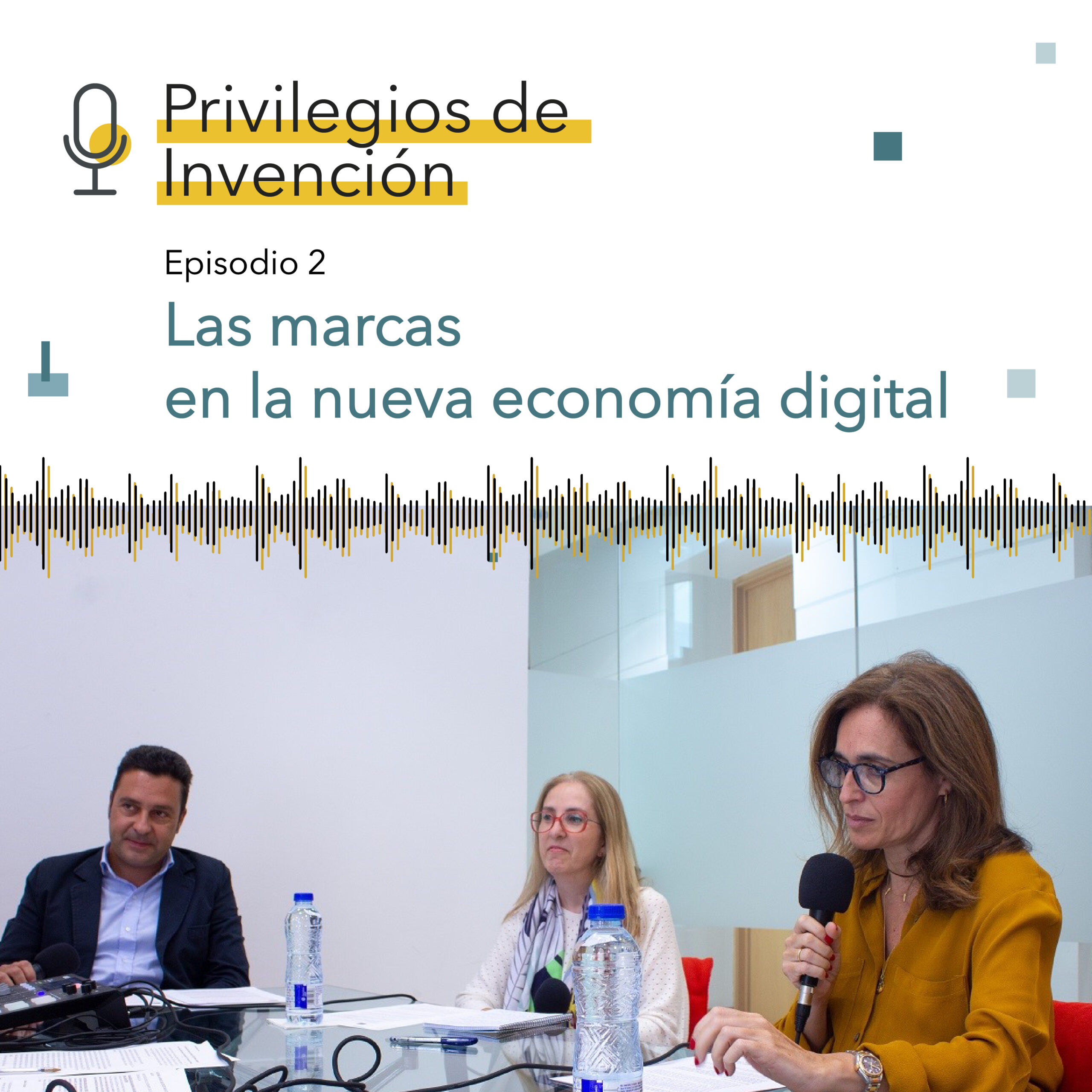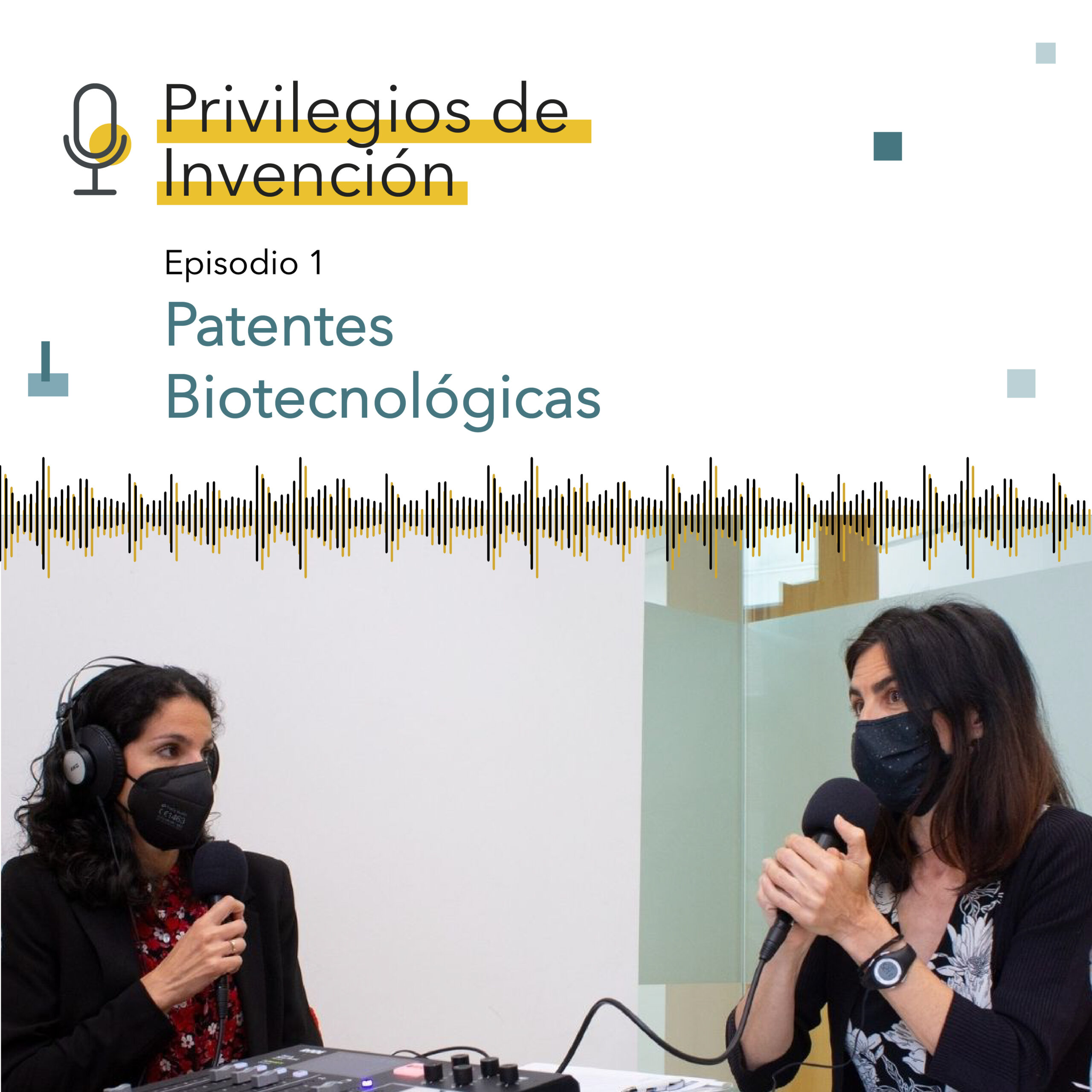In the world of artistic creation, a recurring question comes up among industry professionals: To whom does a fictional character belong? What is protected by copyright and what is not? Today at PONS IP we explore the complex reality of intellectual property rights and copyright of fictional characters.
It is first important to note that, under our legal framework, fictional characters are not protected as entities in and of themselves. In other words, the idea of a character with certain psychological characteristics (for example, an ordinary citizen by day, a superhero by night) cannot be subject to a monopoly under our law. This because a character, understood as such, is closer to the area of ideas than to the area of protectable creations, and ideas are not protected by intellectual property. However, the specific way in which we represent said character, be it expressed in a novel, comic, film, etc., can indeed be protected by intellectual or industrial property, as we explain below:
- To start with the most obvious, the illustration or visual representation of a character may be protected by copyright, as well as by figurative marks. Moreover, if their name has sufficient distinctiveness, it could also be protected by this mark type. If we focus specifically on cartoons, even if the character itself is not protected, the joint exercise of the rights of reproduction and transformation (intellectual property rights that give its holder a monopoly over the reproduction and modification of a work, which in this case would be all the illustrations of the character that make up the film, comic, etc.) will be enough to prevent third parties from making variations of the character. This means that if a cartoonist wants to take a character and put it in a new situation, adventure or setting, or even dress it in different clothes, they cannot do so without the consent of the rights holder.
- The specific dialogues that these characters have can also be protected by intellectual property, as part of the literary or audiovisual work (the script) to which they belong.
- Furthermore, with regard to characters brought to life by real actors, the performance of these actors in specific filming will also be protected as part of the film, series, etc. in question.
This leads to new question, how long does this protection last?
On a legal level, intellectual property rights do not function in the same way as ownership rights to real estate. Its protection is finite and this has important implications. We can essentially say that intellectual property rights are a pact between society and creators. Society, through recognition of the institution of intellectual property and the rights that it gives creators, grants said creators an exclusive right over their artistic and cultural works, such as books, films, music, video games, visual art, etc. This right provides creators with the opportunity to make their works profitable and, if they are successful, to make a living from their profession, also serving as an incentive for creation. This in turn leads to receiving and enjoying said content which, after a certain period of time, enters the public domain, meaning that it forms part of the cultural heritage or common heritage of that nation in question. .
For this reason, given that they are conceived as a prerogative for the authors and as an incentive for creation, these intellectual property rights do not last forever. Their duration, as a general rule, lasts the author’s entire life and from 50 to 70 years after their death, depending on the provisions of each territory’s applicable law. This duration is not random, but rather responds to a simple premise: that of allowing the author to benefit from the returns of these rights throughout their life and transmit something to their closest heirs.
When this period of protection ends, the work enters what is known as the public domain. In the public domain, the work can be freely used by all of society without the need to obtain permissions or pay royalties to the authors or heirs. If a fictional character enters the public domain, this means, in theory, that anyone could use its representation or image to make films, comics or even merchandising without having to ask for any authorisation.
This scenario, however, becomes more complicated when we add other elements to this equation, such as: (i) the essential variations that the characters may have undergone in their representation or (ii) the registered trademarks.
Let’s take Mickey Mouse as an example. The way in which the famous mouse was represented in the first illustrations differs greatly from its silhouette, features and current appearance as a result of evolution over time. Thus, bearing in mind that the first drawings are a different work from the current representation of Mickey Mouse, the first representations of the mouse may have entered the public domain, but the recent ones are still protected.
Furthermore, as already mentioned, the protection of a character may be extended over time through the registration of its name, its graphic representation, etc., as a trademark. Trademarks, unlike copyright, do not expire after a certain period; however, while they are in force and are used, their protection is maintained sine die. This allows the owners of successful cartoon characters to continue to monopolise their use even after the protection granted by copyright has expired. This protection will be extended to the classes in which the trademarks of these characters in question are registered, surely covering uses for books, films, video games, cultural or entertainment-related products, as well as all kinds of merchandising products.
Something very similar happens with Winnie the Pooh, whose original stories and illustrations by Alan Alexandre Milne entered the public domain in 2022, but whose figure as we know it was conceived by the Disney factory when it acquired the rights to Milne’s books in 1961 and is still protected, as are the films, series, etc. created by Disney with the character.
This occurs with many Disney characters, the films of which are usually inspired by stories that have already been created or by folk tales. In these cases, the character in question, as well as the story that includes them, may be in the public domain (Snow White, Cinderella, Aladdin, Peter Pan). And yet, the specific representation of these characters by the great audiovisual factory, as well as the specific way in which it tells the story, may be protected against unauthorised use by third parties.
Even so, the matter of to what extent a character can be protected is not without dispute. For example, the final stories in the Sherlock Holmes saga, written by Sir Arthur Conan Doyle, entered the public domain on 1 January 2023. Close to the expiry of that protection, and with the release of the Enola Holmes adventure books, which later also became an audiovisual product, the heirs sued the author of the novels, her publisher, and the film production company. In essence, it was argued that the latter had appropriated the character of Sherlock Holmes, specifically the characterisation and psychological description made of him in the saga’s final novels, those that were still valid on the filing date of the proceedings, and that they had embodied it, without permission, in the novel and film. The ruling or the way in which the aforementioned judicial proceeding was resolved has not been disclosed. However, to our knowledge, unless dialogues or full scenes are reproduced, it is not very likely that copyright infringement based on concepts as vague as the reproduction of a character’s psychological characterisation is considered.
In the case of Tintin, creator Georges Remi, also known as Hergé, wrote in his will that he did not want any more Tintin stories to be created after his death. This attempt to protect the character beyond the term granted by the copyright to the works in which it is reproduced is very difficult to express legally, since the legally established terms of duration have no exceptions. Nevertheless, here we can mention the curious case of Peter Pan, whose rights have been extended for charity purposes in the United Kingdom despite having entered the public domain in most countries. When the Tintin comics enter the public domain, however, the heirs will be able to resort to trademark protection to try to maintain a monopoly over the character of the intrepid reporter. And perhaps –and this is just an idea that could be rejected in a million ways– moral rights, and specifically the right to the integrity of the work, could be used to argue that any new story about Tintin would entail distorting the original work in line with what the author mentioned.
Each case is unique and the attempts to lay a general foundation are dangerous and complicated. Therefore, if you are thinking of letting your imagination run wild and making your favourite character live in other artistic lands or experience new adventures, our advice is that you first consult an expert attorney. For a creator who wants to make use of or be inspired by the works of others, good advice on intellectual property is pure kryptonite.
Violeta Arnaiz Medina
Director of the TMT, Intellectual Property and Software Area




